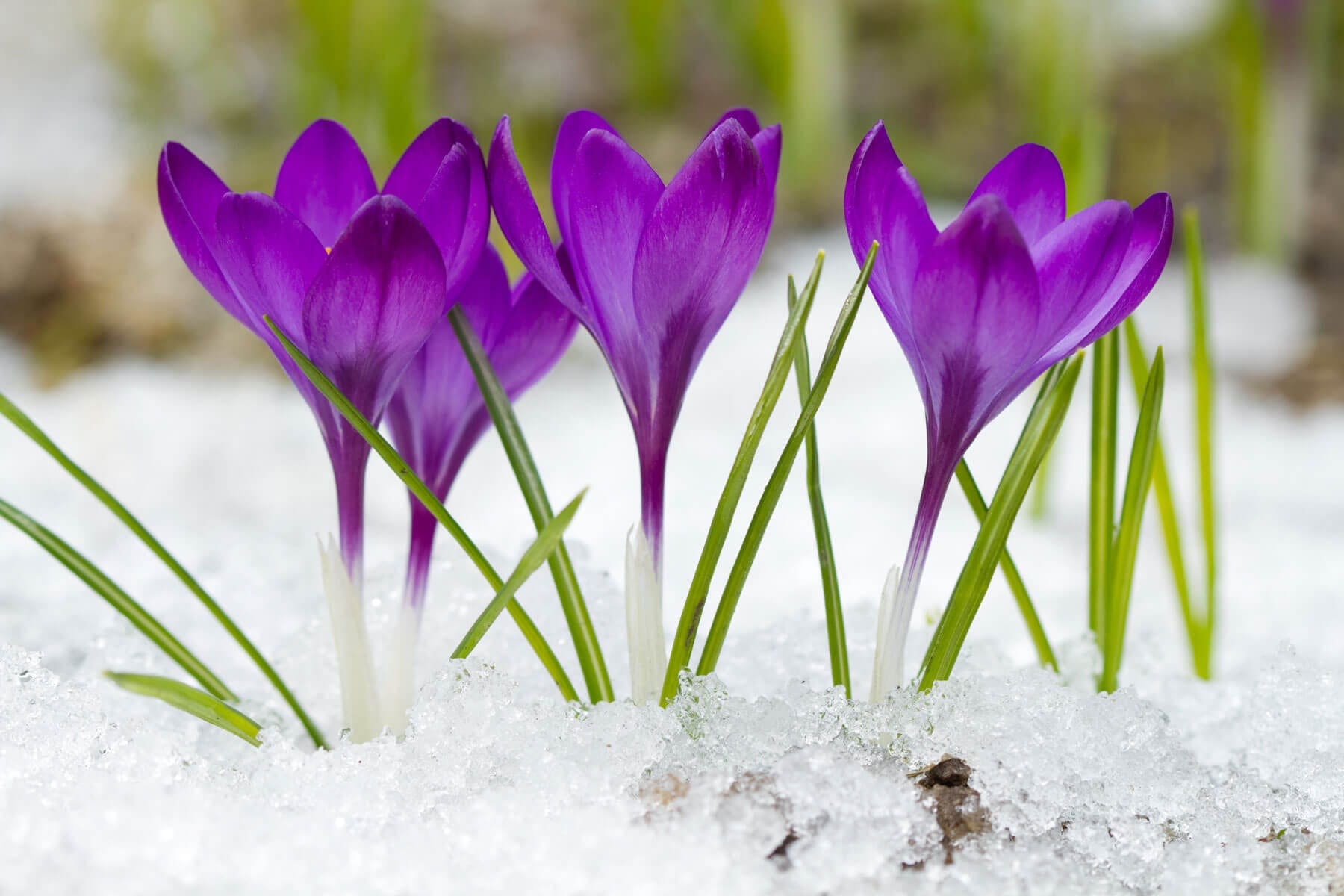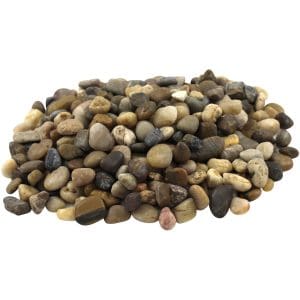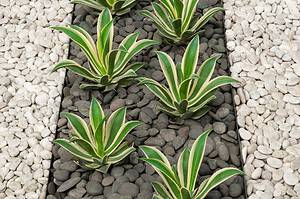
How to Deal With Frost Damage in Your Garden
Winter is a beautiful season, but it can also be a death sentence for lush landscapes. Even in warmer areas like Florida, you don’t need a snowstorm to destroy plants…an unexpected overnight freeze is all it takes.
A flash freeze can take even the most seasoned gardeners by surprise, leaving behind frost damage that causes browning, wilting, and overall distress for plants. However, with a proactive approach and some thoughtful care, you can mitigate the effects of frost and nurture your garden back to its former glory.
First, Understanding Frost Damage
What is frost damage (for folks living in those warmer regions)? Frost damage occurs when ice crystals form on plant tissues, disrupting cell structures and leading to visible signs of distress. This can be in the form of brown/wilting leaves. Early detection is crucial, as prompt action increases the chances of plant recovery.
Assess Plants and Start Pruning

After a frost attack, you’ll begin by assessing the extent of the damage. Delicately inspect your plants for affected areas, focusing on leaves, stems, and buds. Once identified, gently prune damaged sections, cutting back to healthy tissue. This not only improves the plant’s appearance but also redirects energy to areas with the potential for new growth.
Winter Watering Strategies
Proper hydration is key in dealing with frost damage. Water the affected plants thoroughly, moistening the soil to provide a buffer against extreme temperature fluctuations. Adequate watering helps plants recover and stimulates new growth. However, avoid overwatering, as waterlogged soil can exacerbate stress.
Mulch & Gravel
Applying a layer of organic mulch or gravel around the base of your plants acts as a natural insulator. Mulch and landscaping stones or pea gravel help regulate soil temperature, preventing rapid cooling and minimizing the risk of frost damage. Additionally, it conserves moisture and enhances soil structure, promoting overall plant resilience.
Introduce Frost Cloth or Covers
For delicate or potted plants, consider using frost cloth or covers during cold nights. These protective layers create a barrier against frost, trapping warmth and shielding plants from the harshest elements. Ensure proper ventilation to prevent heat buildup during the day.
Strategic Plant Placement

Strategically plan your garden layout by placing more vulnerable plants in sheltered areas. South-facing locations receive more sunlight, providing a natural defense against frost. Consider the microclimates within your garden and position sensitive plants accordingly.
Prevention is Key
Don’t get out-frosted again and implement preventative measures for future winters. Stay informed about local weather patterns, cover susceptible plants during frost alerts, and choose frost-resistant varieties when planning your garden.






Leave a Reply